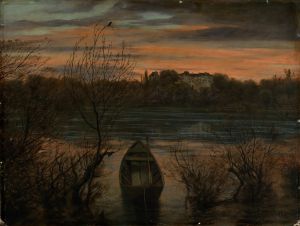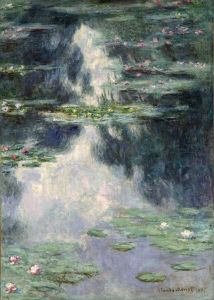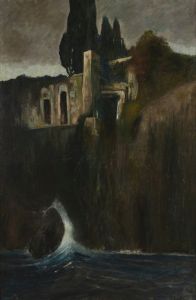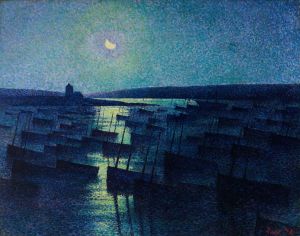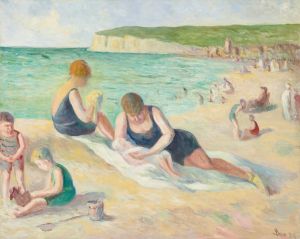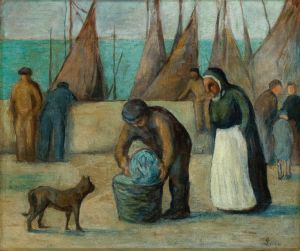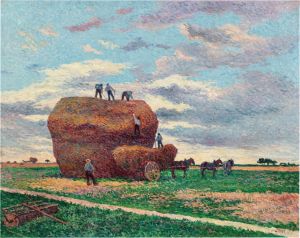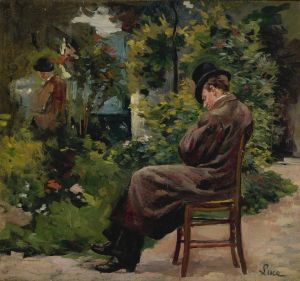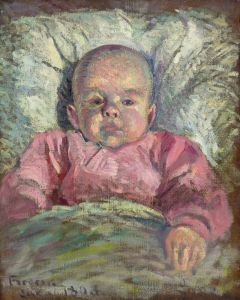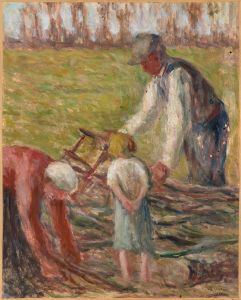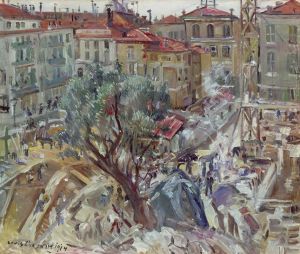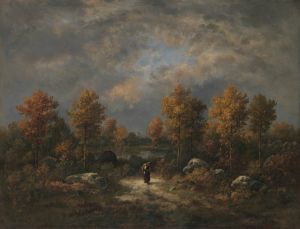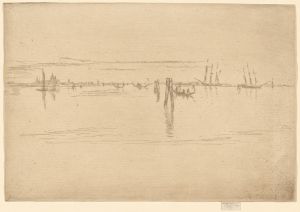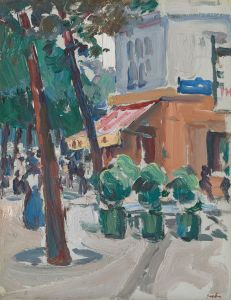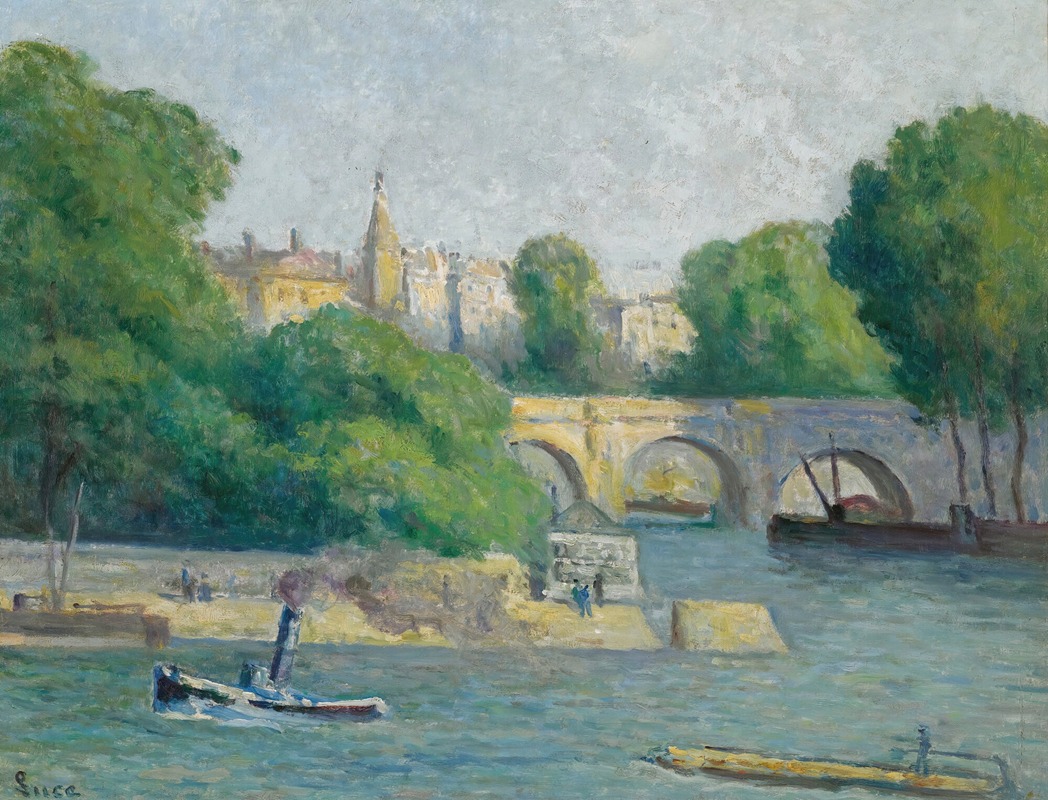
Le Vert Gallant
A hand-painted replica of Maximilien Luce’s masterpiece Le Vert Gallant, meticulously crafted by professional artists to capture the true essence of the original. Each piece is created with museum-quality canvas and rare mineral pigments, carefully painted by experienced artists with delicate brushstrokes and rich, layered colors to perfectly recreate the texture of the original artwork. Unlike machine-printed reproductions, this hand-painted version brings the painting to life, infused with the artist’s emotions and skill in every stroke. Whether for personal collection or home decoration, it instantly elevates the artistic atmosphere of any space.
Maximilien Luce (1858–1941) was a French Neo-Impressionist painter, known for his contributions to the Pointillist movement and his depictions of urban and rural life. One of his works, Le Vert Gallant, is a painting that reflects his mastery of light, color, and atmosphere, hallmarks of the Neo-Impressionist style.
Le Vert Gallant depicts the famous Square du Vert-Galant, a small public park located at the western tip of the Île de la Cité in Paris, France. The park is named after King Henry IV of France, who was nicknamed "Le Vert-Galant" (The Green Gallant) due to his reputation as a lover even in his later years. The location is surrounded by the Seine River and offers a picturesque view of Paris, making it a popular subject for artists.
In this painting, Luce employs the Pointillist technique, a method developed by Georges Seurat and Paul Signac, in which small, distinct dots of color are applied in patterns to form an image. This technique allows for a vibrant interplay of light and color, capturing the shimmering effects of sunlight on water and foliage. Luce's use of this method demonstrates his dedication to the scientific principles of color theory and his ability to convey the dynamic energy of the scene.
The painting likely captures the park during a serene moment, with its natural beauty and the surrounding Seine providing a tranquil atmosphere. Luce's work often focused on the lives of ordinary people and the landscapes they inhabited, and Le Vert Gallant fits within this thematic framework. While the painting does not explicitly depict human figures, its setting suggests a space where Parisians might gather to relax and enjoy the outdoors.
Maximilien Luce was deeply influenced by his political beliefs as an anarchist, which often informed his choice of subjects. He sought to portray the dignity and beauty of everyday life, whether in bustling cityscapes, industrial scenes, or peaceful landscapes. Although Le Vert Gallant does not overtly convey political themes, it reflects Luce's commitment to capturing the world around him with honesty and sensitivity.
Today, Luce's works, including Le Vert Gallant, are celebrated for their technical skill and their ability to evoke the spirit of late 19th and early 20th-century France. His paintings are held in various museums and private collections, and he remains an important figure in the history of Neo-Impressionism.





